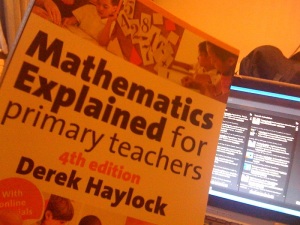It’s Saturday morning and lots of teachers around the country are getting up early to start their weekend chore – marking the books.

And what a chore it has become recently.
You tick and highlight and comment. You make sure you have the correct shade of the correct colour of pen that your school has chosen to mark in.You date objectives and targets in front of the book. You write detailed ‘active’ challenges or gap-tasks that will re-engage their children with their last lesson and help them with the next small step in their learning. You check that the children have responded to the previous gap-tasks and you might even write more on them. After all the learning dialogue is crucial and it is even better if it is personalised to each learner.
And then there’s the marking codes that indicate whether the child has worked independently or not. The sign that means you gave verbal feedback. The stamp that indicates the child did really well. And the other colours that supply teachers and teaching assistants are allowed to use for marking. And the colour that the child does their self assessment in. Maybe there’s even a fifth colour that other children are allowed to their peer assessment in.
But who are we doing all this for? Do the children really need this level of complexity in their written feedback?
Some of my best lessons have come from when I’ve simply sorted books at the end of a lesson. It goes something like this:
- This pile got it and they reasoned about it. They need to consolidate in a different context. Or if they’ve already done that, learn something new.
- This pile almost got it. They made some process errors – they’ve got the concept, but need more time.
- This pile didn’t get it, but they can. They might need a different model – a different presentation. They might need some equipment, but they’ll definitely be much closer to it by the end of the year.
- Whoah! This pile not only didn’t get it, they don’t get some of the concepts that go before it. I completely over-pitched to these children and need to go back a few steps.
But the problem is, inspectors don’t see you sorting. They don’t see your lesson evaluations or your day-by-day adjustment of planning. They don’t see you using your excellent subject knowledge to tweak things so that the children can make the best possible progress.
No. Inspectors only see your books. Books are King.
Did you know that in many schools the books are thrown away at the end of each year (after having their covers removed and shredded so that no child can be identified in the rubbish)?
And yet books are king.
I would like to work in an education system where brains are king and we can be proud of what we our children do with our books? But how can inspectors judge that?
